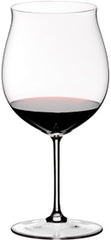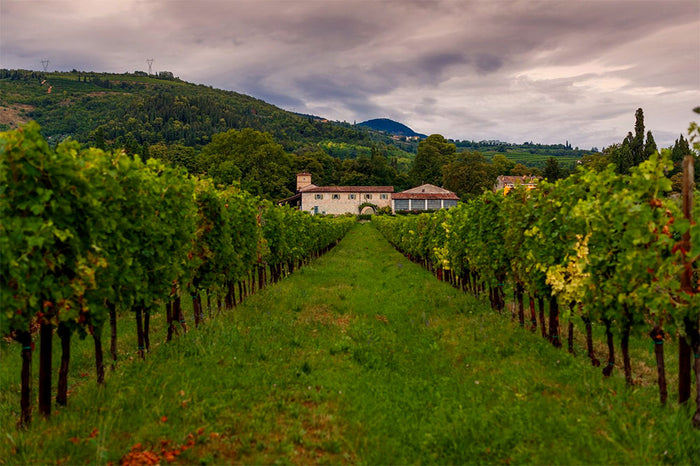Description
It is a Masi speciality obtained through the double fermentation technique: the best red wine from Verona's native grapes, vinified fresh, is then re-fermented with a small percentage of the same half-dried grapes. It excellently encompasses the values of the Verona terroir: the excellence of the area, the personality of the native grapes and the originality of Masi's drying and double fermentation techniques. The wine combines simplicity, strength, richness, roundness, and velvety features suitable for medium/long ageing. Campofiorin is a registered trademark of Masi.

Perfume

Color

Taste
Serve at:
16 - 18 °C.
Longevity:
05 - 10 years
Decanting time:
1 hour

- Start up year: 1772
- Oenologist: Gruppo Tecnico Masi
- Bottles produced: 3.950.000
- Hectares: 550
A technical group of experts in the field, coordinated by Raffaele Boscaini, carries out research projects and experiments on traditional local grape varieties. Masi owns organic estates in Tuscany and Argentina and has been collaborating for over forty years with the regional companies Conti Serego Alighieri and Canevel and Conti Bossi Fedrigotti in Trentino. Read more


| Name | Masi Campofiorin 2021 |
|---|---|
| Type | Red still |
| Denomination | Veronese IGT |
| Vintage | 2021 |
| Size | 0,75 l |
| Alcohol content | 13.0% by volume |
| Grape varieties | 70% Corvina, 25% Rondinella, 5% Molinara |
| Country | Italy |
| Region | Veneto |
| Vendor | Masi Agricola |
| Origin | The vineyards are located in the hilly area around Verona |
| Climate | Extensive rainfall from April to June, lower in July and August, favoured the vine's growth. Good temperature changes between day and night contributed to a better flavour and a more intense colour of the wine. |
| Soil composition | Very deep alluvial soil. |
| Harvest | 22nd of September for the Rondinella grapes. Vinification of the semi-wilted grapes for Campofiorin began at the end of November. |
| Wine making | Double fermentation according to Masi's expertise. The wine made from fresh grapes is refermented with 25% whole grapes that have been half-dried of the same varieties for about six weeks. This refermentation lasts about 15 days at 18-20°C. This is followed by completion fermentation and malolactic fermentation. The wine thus achieves an increase in alcohol content, colour, extracts, and softer and more refined tannins and is enriched with new aromas and flavours. |
| Aging | At least 18 months in wood, of which 2/3 in 90-hl Slavonian oak barrels and 1/3 in new Allier and Slavonian barrels. The wine then ages 3 months in the bottle. |
| Total acidity | 5.3 gr/L |
| PH | 3.58 |
| Residual sugar | 3.6 gr/L |
| Dry extract | 27.6 gr/L |
| Allergens | Contains sulphites |





